Soil Test For Septic System
Soil test for septic system. In this video we look at the way soils testing for septic is conducted the perc test for septic systems and identifying the soil types texturizing and ide. That doesnt include septic installation costs of 3000 to 10000. The two main tests used to determine a sites suitability for a septic system are a perc test and visual observation of the soil in a test pit sometimes referred to as a deep hole test.
Soil Percolation Requirements and Soil Depth Requirements for Septic Absorption Systems Septic System Drainfields What is a septic system soil percolation test. In specifying the size and type of absorption field leach field seepage pits galleys other a septic engineer or health department official will require that a soil percolation test or perc test be performed. Soil testing for Rural Septic Systems Free site consultations with each client to review individuals site options.
The perc test is extremely important because it measures the level of liquid absorption of the soil where the proposed septic tank will be located. The deep soil over limestone at the left makes this area suitable for septic-tank filter fields except that layout and. Percolation tests have been around for more than a century and historically were the standard soil test for septic system design.
For filter fields if water supplies come from wells. Soil Evaluation for Home Septic Systems. The soil area 10 to 20 feet thick at extreme right is questionable.
The system designer uses information about the. Professional percolation tests required for septic leach fields are expensive and unnecessary for a small greywater system. Greywater percolation tests should be conducted at the depth of discharge ideally less than one foot.
How to do a home soil percolation test. Its preferable to wait until the ground is thawed in spring but if you cannot wait soil testing can be done at any time of the year. The two main tests used to determine a sites suitability for a septic system are a perc test and visual observation of the soil in a test pit sometimes referred to as a deep hole test.
At least one must be an excavated test pit and the other can be a. Arrange to have the soil tested commonly called perc tests.
Soil testing for septic systems is the most universally misunderstood and feared test associated with the process of buying property building a new home or repairing failing onsite septic systems.
How Do You Test A Septic System. The percolation test or deep hole tests. The first step in constructing a septic system is to understand and describe the soil. Soil testing is important before a septic system is installed. Cost of Soil Test for Septic Systems. It determines how quickly the material from the septic system will be absorbed into the soil. Questions Answered Every 9 Seconds. The soil area 10 to 20 feet thick at extreme right is questionable. Soil is an excellent medium for treating wastewater and is the most important part of a septic system.
The system designer uses information about the. Professional percolation tests required for septic leach fields are expensive and unnecessary for a small greywater system. Soil testing for septic systems. The first step and most important part of new home construction is soil testing and the overall site layout. Current regulations require that we complete at least 2 soil investigations as part of a certified septic system design. The two main tests used to determine a sites suitability for a septic system are a perc test and visual observation of the soil in a test pit sometimes referred to as a deep hole test. A perc test or percolation test is a soil test that is performed before installing a septic system tank.


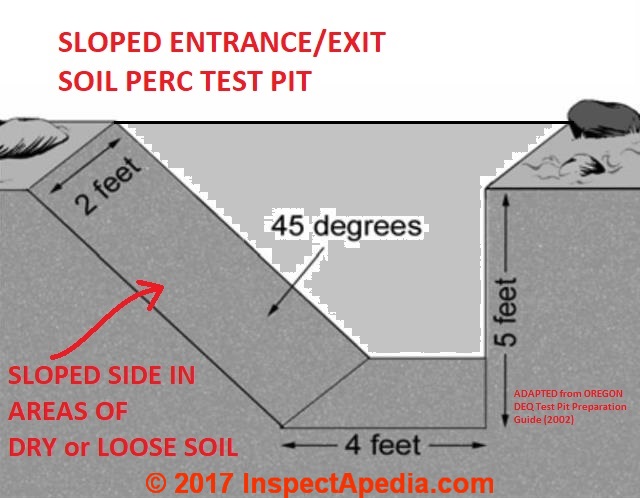

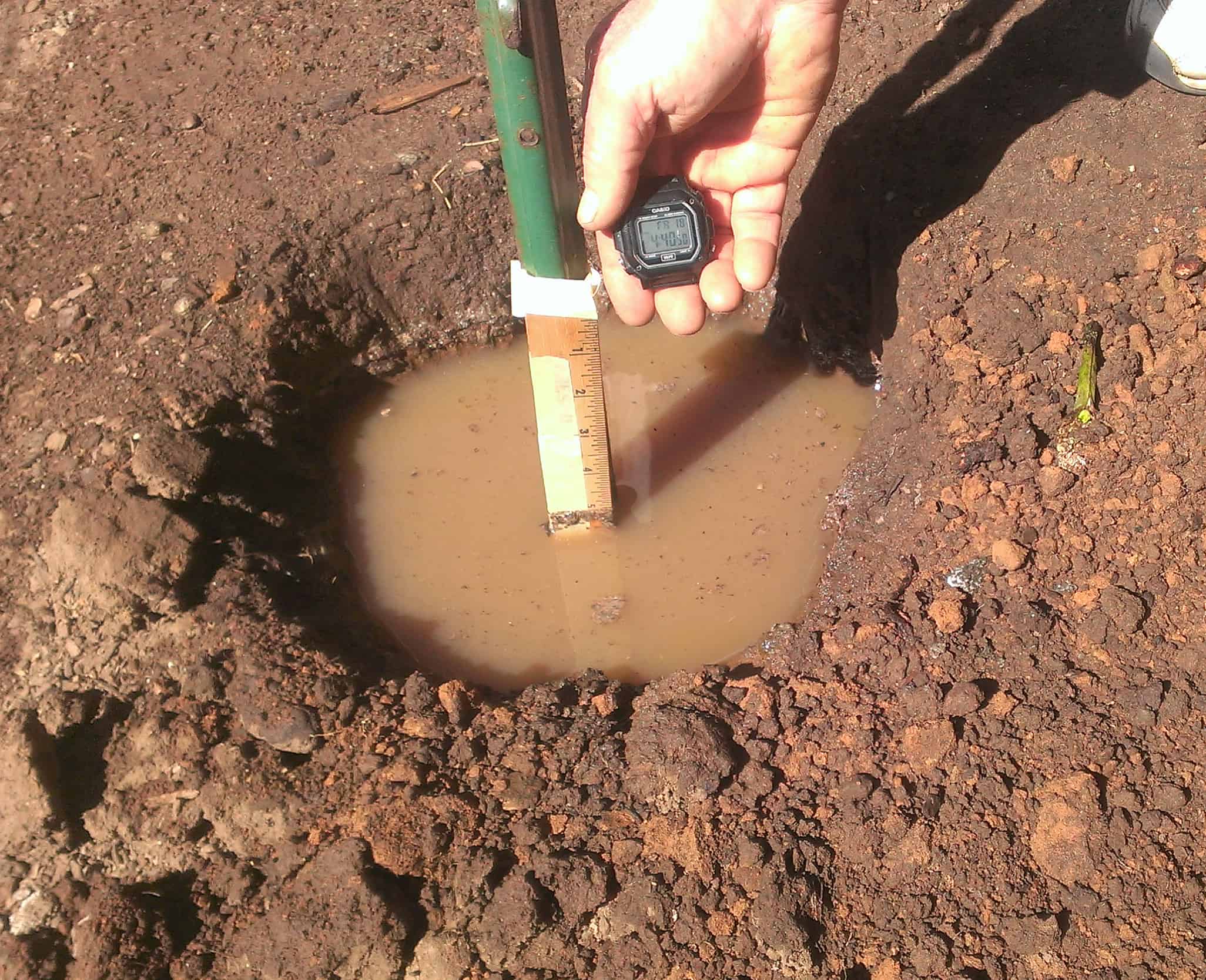




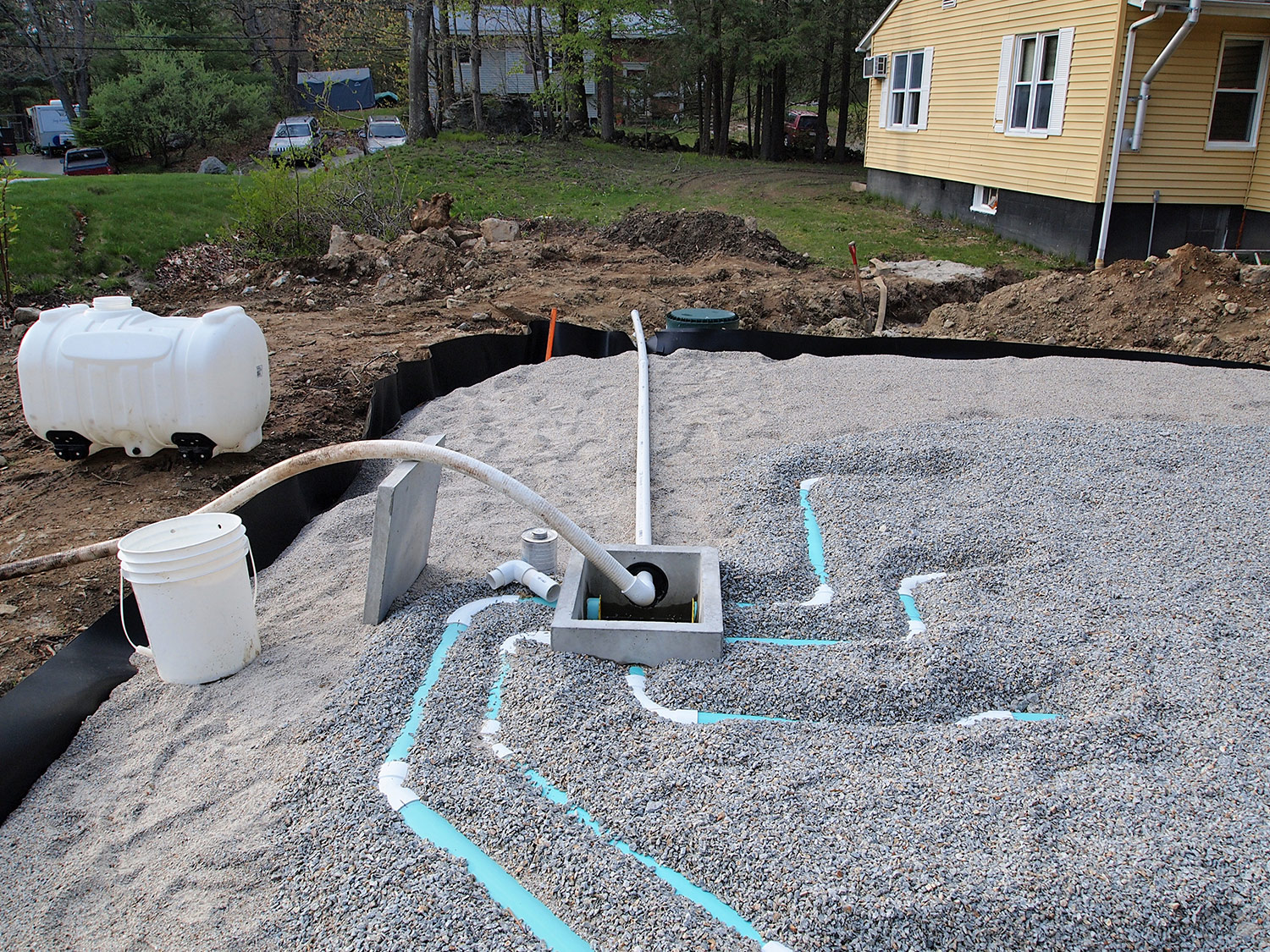


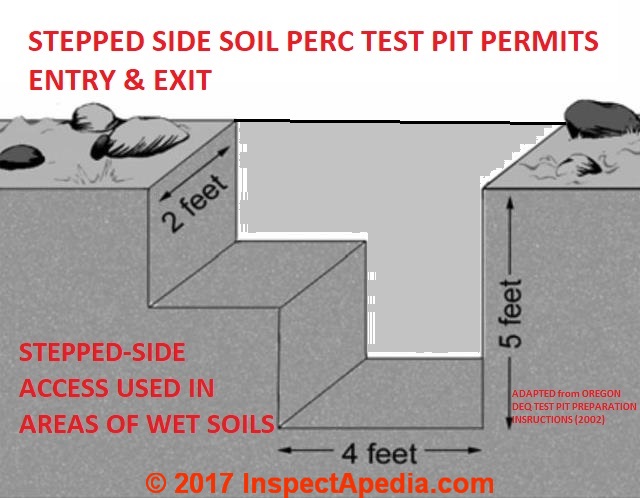






/cdn.vox-cdn.com/uploads/chorus_asset/file/20081592/iStock_183060723.jpg)








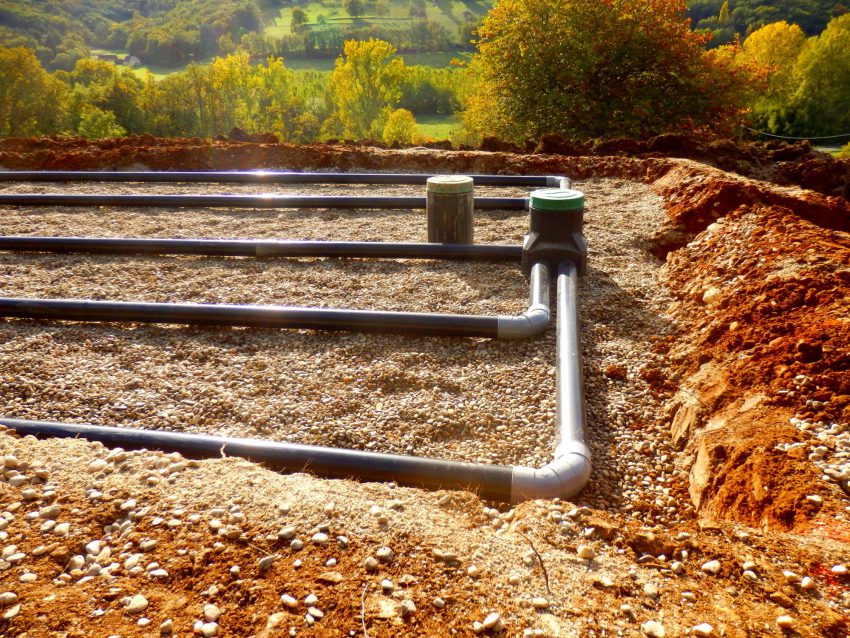



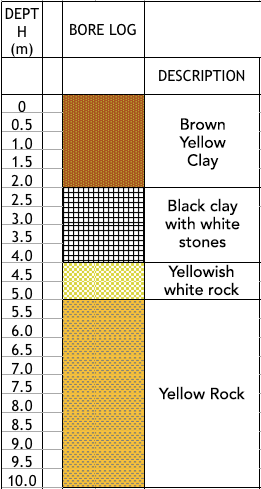




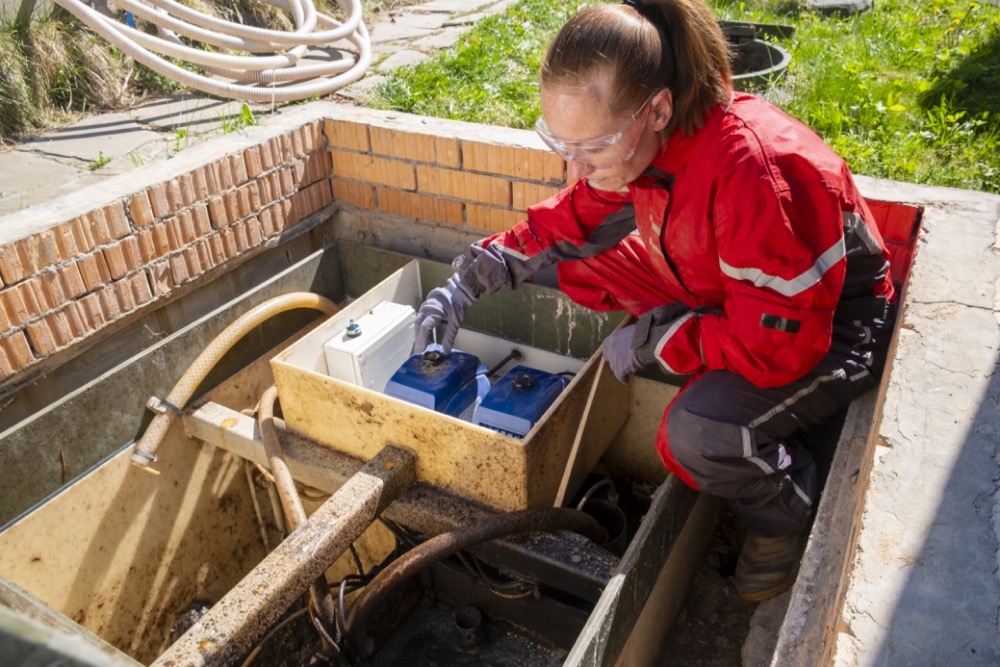
Post a Comment for "Soil Test For Septic System"